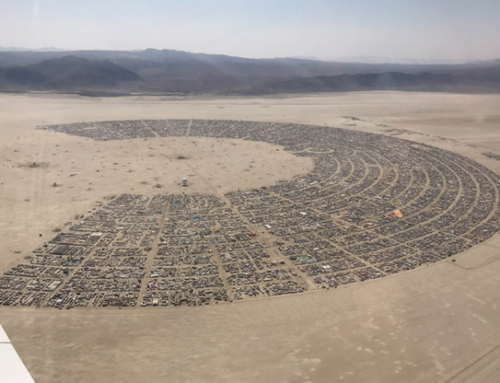Sustainable materials usually have low energy costs, high durability, low maintenance requirements, and contain a large proportion of recycled or recyclable materials. Concrete, which is the most used construction material in the world is evolving to satisfy the increasing demand for sustainability.
Concrete today is one of the most environmentally unfriendly. Its manufacture alone is responsible for about 5% of global carbon dioxide (CO2) emissions.
It’s a surprisingly simple material, usually made from approximately 10% Portland cement, 3% supplementary cementitious inclusion (for example fly ash or ground granulated blast furnace slag (GGBS)), 80% aggregates (such as gravel and sand), and 7% water. But nearly every aspect of its production – from mining and transporting the raw materials, to heating them to over 1,400°C (often using fossil-fuel-based energy) in a kiln, and the subsequent chemical process of turning limestone into small rocks of cement called clinker – releases huge amounts of carbon dioxide (1)
Innovators are looking to improve the environmental credentials of concrete. They have already come up with advances like “self-healing or bio-concrete” concrete, “concrete-on-a-roll”, concrete printing, and pollution-absorbing cement.
In December 2015, an Australian PhD student, JCU, investigated the use of recycled plastic (waste) for reinforced concrete applications.
This concrete called Fibercon RMP47, a concrete reinforced with recycled plastic instead of steel. Steel is very energy intensive. Using plastic to reinforce concrete instead of steel can reduce carbon dioxide production by about 50%.
In another two successful trials to replace cement with a waste or natural material, we find Wagners’ EFC replaces 100% of the Portland cement content, by using slag with fly ash, reducing carbon emissions by an estimated 90%. The cost is very similar to that of Portland cement-based concrete
Hempcrete is a unique building material, being a composite of a bio-fibre (hemp hurd or shiv) and a mineral binder (lime). These ingredients are blended together with water, and the moistened binder coats all the particles of hemp shiv. A chemical reaction occurs between the lime binder and the water, resulting in the binder setting and gluing the hurd particles together. Generically, it could be called “bonded cellulose insulation.”
When the binder is set and cured and any additional water has dried out of the mixture, the resulting material is hempcrete (2)
Also, today there is a Bio–concrete. It is a self-healing form of concrete designed to repair its own cracks. It was developed by Dutch researcher and microbiologist Hendrik Jonkers using an extra ingredient acting as a healing agent and requires no human intervention to be repaired once added (3). To heal cracks in the concrete, Jonkers chose bacteria that produces limestone on a biological basis. The positive side-effect of this property: the bacteria consume oxygen, which in turn prevents the internal corrosion of reinforced concrete (4).
Another such innovation is in titanium dioxide-infused concrete and cement, which can remove smog from the air when exposed to ultraviolet light. This kind of concrete is a pollution-absorbing concrete.
Replacing the rebar with plastic or Jute, the cement with fly ash, and having it helping protect aging, and pollution cleaning, the “new concrete” is exciting. Soon the game may turn the other way and concrete will be the recommended solution for sustainability.
We are not far from creating a real earth friendly concrete!
- https://www.google.ca/amp/s/amp.theguardian.com/sustainable-business/2016/mar/04/making-concrete-green-reinventing-the-worlds-most-used-synthetic-material
- https://greenbuildingcanada.ca/2017/advantages-building-hempcrete/
- https://www.giatecscientific.com/education/bio-concrete/#:~:text=What%20is%20Bio%2DConcrete%3F,to%20be%20repaired%20once%20placed
- https://www.giatecscientific.com/education/bio-concrete/#:~:text=What%20is%20Bio%2DConcrete%3F,to%20be%20repaired%20once%20placed.



